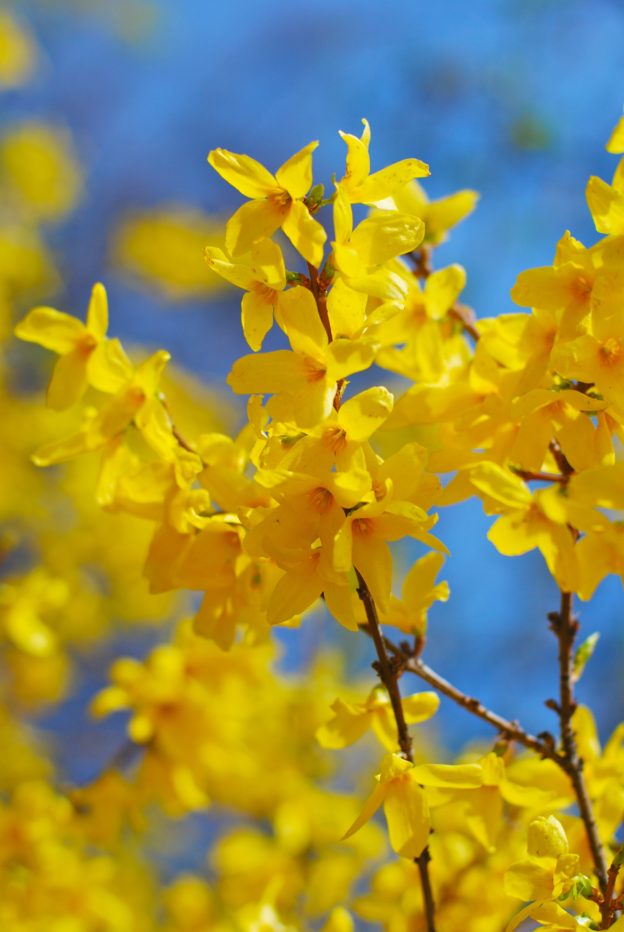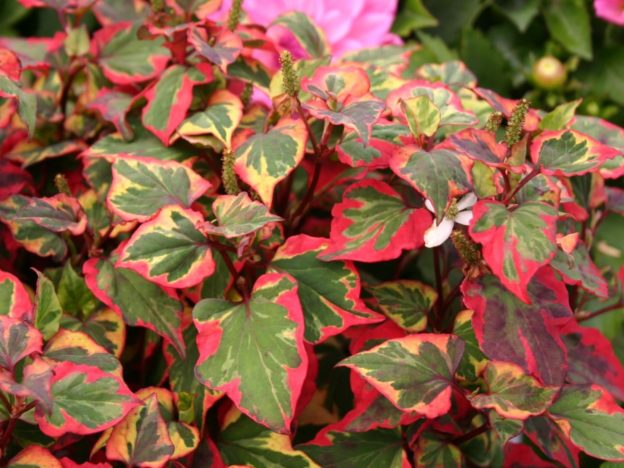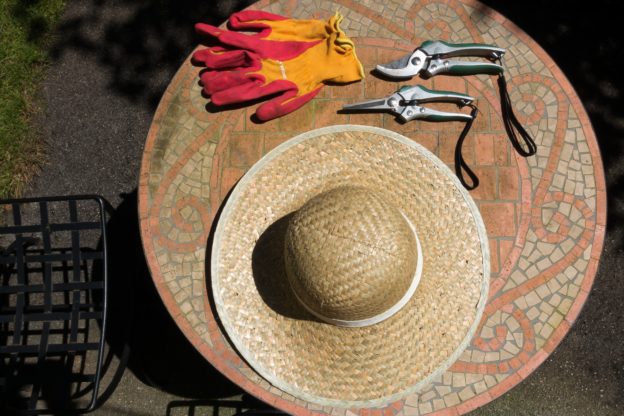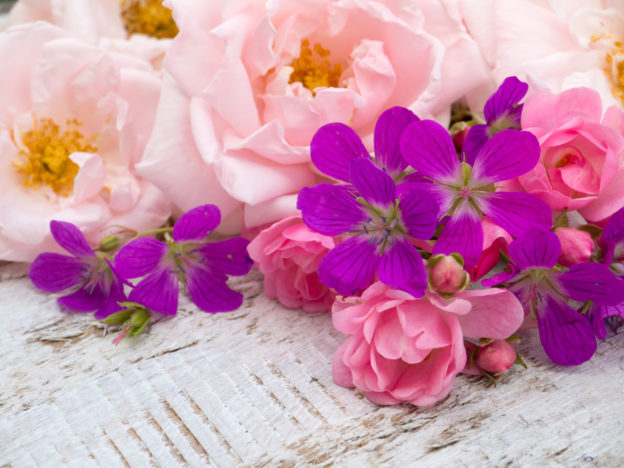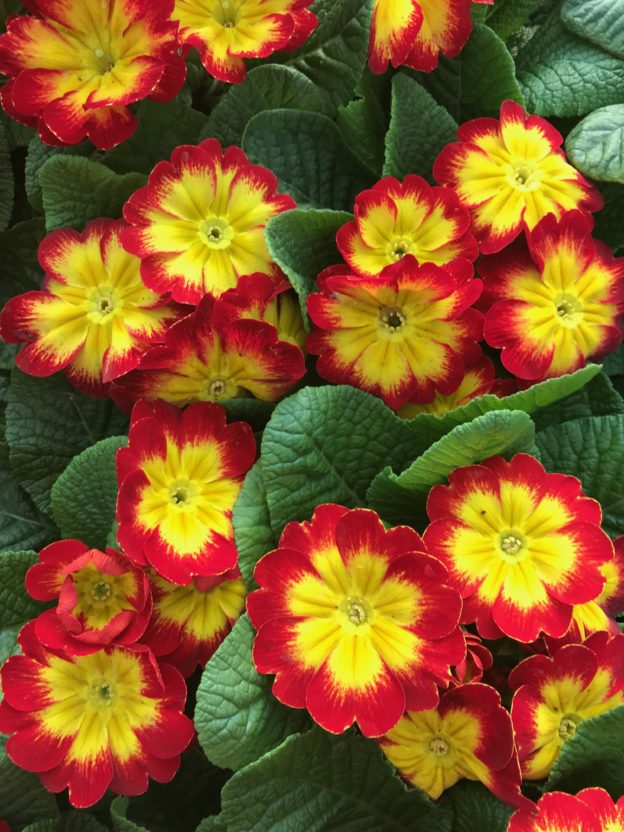On Thursday 6thJune London’s Mayfair Hotel hosted the annual Family Business of the Year awards and you’ll never guess who won?!
That’s right, we did…. and to top it off, we were also joint runners-up in the South and South West Regional Category. Amazing!
During the course of the evening, celebrations took place in honour of the vital contributions that family businesses of all sizes have given to enrich the UK’s economy, demonstrating a diverse range of strength, innovation, investment, passion and pride; a truly special moment in which family run businesses from across England, Scotland, Northern Ireland and Wales were exemplified and recognized.
St Bridget Nurseries were nominated for an award at the start of the year and then joined a list of fourteen shortlisted companies for the South & South West regions. Each shortlisted company was then invited to submit a detailed entry to be judged individually. These entries covered the way in which each family business is governed, key milestones, company values, involvement of the company in the larger community and how well the company is doing fiscally.
In April, news reached us that we were one of six finalists for the region and one of three in the national sector for Homes & Gardens.
Representing St Bridget Nurseries, Tammy Falloon (Managing Director and the fourth generation of the family business) was presented the award by Anthony Gallagher from the award sponsor Easigrass.
Tammy said “I am truly honoured and delighted to win this Family Business of the Year Award. This award not only goes to our wonderful team of staff but the teams before them who helped my ancestors build their vision and dream so I can take it forward into its next century.”
St Bridget Nurseries has been a family business since it was founded in 1925. Now in its fourth generation the business still grows over 85% of the plants it sells in the company’s two Exeter based garden centres. When asked what makes the business so special; Tammy answered: “Everything, you will have to visit to see! It’s the people. We’ve been in business for over 90 years. We’ve survived two generations of ‘only children’ so luckily succession planning went well and now we are a rare but strong Mother & Daughter team. We wouldn’t have gotten where we are today without the support and loyalty of our wonderful team of staff. Many of which have been with us for 30 plus years!”
Anthony Gallagher, Managing Director of Easigrass who sponsored this award adds “This is a fabulous family firm that is well on the way to becoming a family business centenarian, combining strong family values with those of the business to create a winning formula. The family are passionate about what they do, take pride in their heritage and offer great customer service. Now run by the fourth generation where everything they do is with a smile on their faces and strong ties to the local community”.
Paul Andrews, Founder and Managing Director of Family Business United explained: “St Bridget Nurseries are worthy winners and as a family firm after four generations they remain strong in innovation and ambition and continued investment in their business.”
Later Paul concluded, “It’s a privilege to organise these awards and to find out more about the fantastic people behind the family firms that are the backbone of the UK economy. St Bridget Nurseries is one such firm – a great family business, a great family business ambassador having grown from just an acre of land in 1925 to over 40 acres today and worthy recipients of the Homes & Gardens Family Business of the Year Award 2019.”
We are absolutely delighted to have taken part in this entire process from nominee to hailed winners and we thank you our loyal and wonderful customers for all for your support without which we couldn’t have done it!





